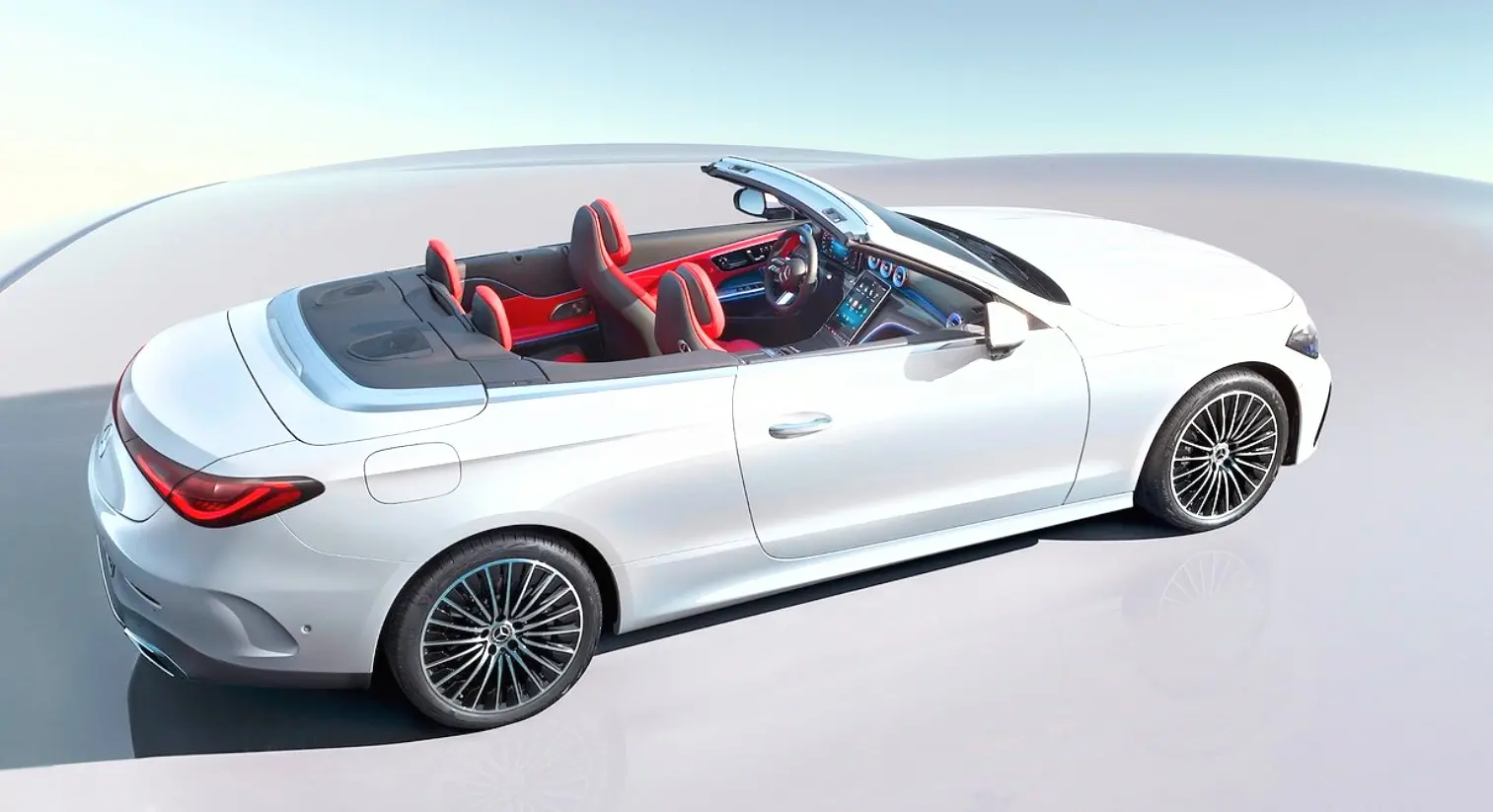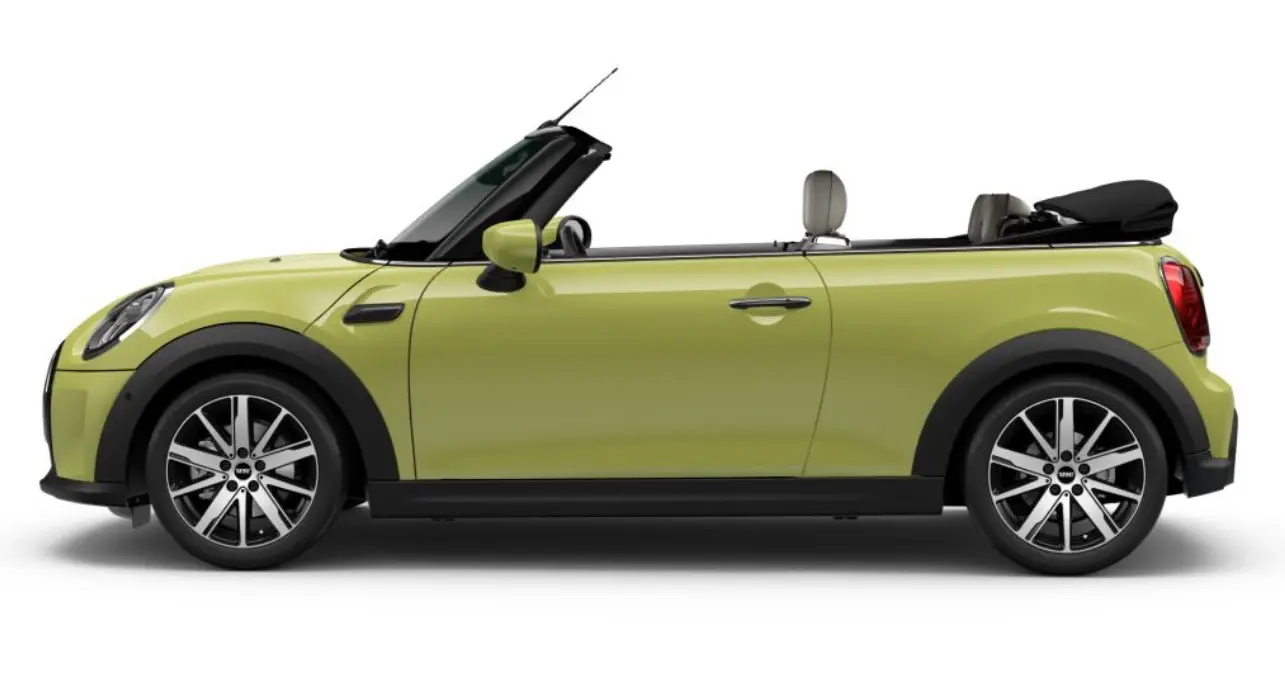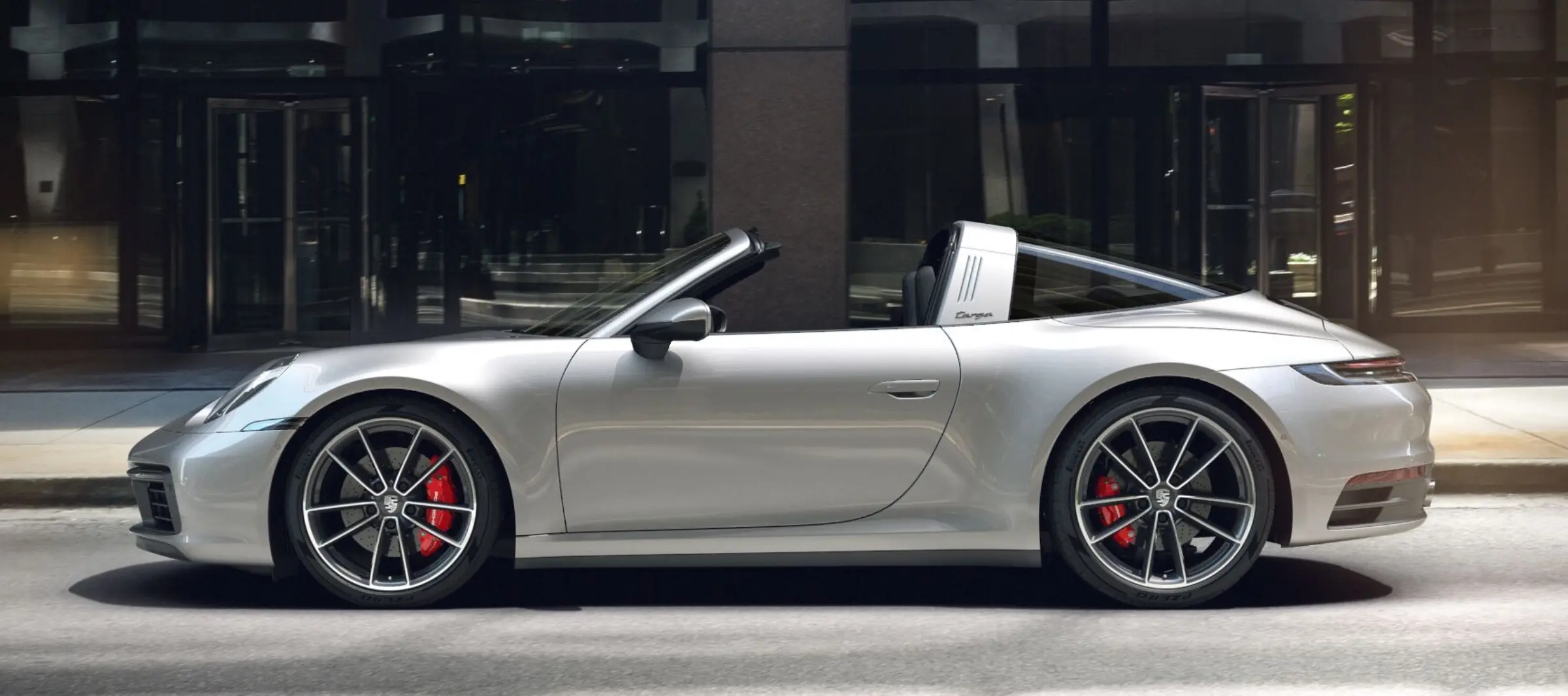What is a convertible: the symbol of freedom on four wheels and its variants
Convertibles have a long history dating back to the early days of motoring. The first self-driving vehicles were very similar to open cars, but modern convertibles as we know them today didn't begin to emerge until the first half of the 20th century. Today, convertibles are popular for their sporty appearance and the sense of freedom they provide when driving.
Definition of convertible
A convertible is a type of car that offers a unique open-air driving experience. It is an open-bodied vehicle with a folding roof that can be canvas or fixed. This design allows drivers and passengers to enjoy the ride with the wind in their hair and the sun on their face.
- A Convertible is a passenger car with an open body and a folding roof. This type of vehicle is characterized by the possibility of driving without a roof, which provides a unique driving experience.
- The roof of a convertible can be made of different materials, most commonly canvas or solid structures made of metal or plastic.
- Cabriolets are usually designed as two-seater or four-seater cars. They usually have two doors, but there are also four-door variants.
- A key feature of the convertible is the roof folding mechanism. It can be operated manually or automatically. When folded, the roof is usually stored in the space behind the rear seats or in the luggage compartment.
- Convertibles with a fixed folding roof are sometimes referred to as coupe-cabriolet (CC). This type combines the advantages of an enclosed coupe and an open convertible.

The history of convertibles
Convertibles have a rich history dating back to the early years of motoring. Their evolution has been influenced by technological advances, changing design trends and the demands of customers looking for a unique open-air driving experience.
First models and development
PThe origins of convertibles can be traced back to the first cars at the turn of the 19th and 20th centuries, when cars were often roofless or with canvas roofs. Early models had simple folding roofs that provided basic protection from the weather. As the automobile industry developed, more sophisticated mechanisms for folding the roof gradually began to appear.
In the 1930s, convertibles began to appear with more modern mechanisms that allowed faster and more comfortable handling of the roof.
These cars were popular among the upper echelons of society as they offered style and prestige. They became even more popular thanks to car racing and filmmakers.
The golden era of convertibles
The 1950s and 1960s are considered the golden era of convertibles. They were very popular at this time, especially in the USA. Car companies produced iconic models with impressive designs and powerful engines.
Popular convertibles of this era included the Ford Thunderbird , Chevrolet Corvette, Jaguar E-Type, and Mercedes-Benz SL.
Convertibles have become a symbol of freedom, luxury and style. Technology has evolved, improving both the quality of roof materials and the insulation against noise and weather.
Present and trends
Today, convertibles are enjoying a renaissance thanks to new technologies and innovative design. Modern convertibles often use fixed folding roofs that combine the benefits of an open car with the safety and comfort of an enclosed car.
Current trends include:
- the electrification of convertibles, including electric cars like the Tesla Roadster,
- advanced security systems,
- lightweight materials for better performance and fuel economy.
Manufacturers are focusing on developing convertibles that meet strict emission standards while providing an exciting driving experience. Although their market share is not large, convertibles retain their place as a symbol of freedom and driving pleasure.
Structural elements of the convertible
Convertibles are characterised by several key design features that distinguish them from conventional cars. These features ensure the functionality, safety and aesthetics of the vehicle.
The roof and its mechanisms
Convertibles have a folding roof, which can be canvas or solid. Canvas roofs are lighter and take up less space, but provide less insulation. Solid roofs, known as hardtops, offer better protection and insulation.
The roof mechanism is a key element. Modern convertibles often use electric actuators for easy operation. Some models have fully automated systems that can be activated with a single button.
Safety features
Safety is essential in convertibles due to the lack of a hardtop. Modern models are equipped with a system of protective arches, which automatically deploy in the event of a rollover. Reinforced A-pillars and a specially designed body frame compensate for the lack of structural support of the roof.
Active safety systems such as Electronic Stability Control (ESP) are optimised for the convertible's handling characteristics. These features help to maintain the vehicle's stability in different driving conditions.
Types of convertibles
There are several types of convertibles, which differ in roof construction and overall design. A classic convertible usually has two doors and a two- or four-seat interior. However, some models also offer four-door variants. Modern technology has also brought so-called coupe-cabriole models, which combine the advantages of a hardtop with the option of an open interior.

Soft-top convertibles
Soft-top convertibles have a roof made of textile material. This construction is usually lighter, which can improve driving dynamics. Textile roofs are foldable and open and close quickly. The main advantages include a lower purchase price and easier repairs. However, maintenance can be more challenging as textiles are more sensitive to weather conditions. Many owners choose soft-top convertibles for their traditional look and feel. Examples of this type of convertible include the Mazda MX-5 or the Mini Cooper JCW Convertible.
Hard-top convertibles
Hard-top convertibles are equipped with a fixed, folding roof system that provides better sound insulation and weather protection. When closed, they resemble conventional coupes. Benefits include improved safety and comfort, as well as longer roof life. The rigid construction is better suited to colder climates, but the disadvantages can be higher cost and a more complex mechanism for closing and retracting the roof. Examples are the BMW Z4 or the Mercedes-Benz Cabrio AMG.
Coupe-Cabriolet (CC)
The coupe-convertible combines elements of a coupe and a convertible. This type has a fixed folding roof that opens and closes automatically, allowing drivers to easily switch between open and closed modes. These cars offer the benefits of both types, including better protection and comfort. Representative of this category is the BMW 4 Series Convertible.
Roadsters
Roadsters are a sporty type of convertible (usually with two seats) that focus on performance. They are often equipped with powerful engines and are lighter in weight, which increases agility. This style is popular among car enthusiasts for its dynamic driving characteristics. Roadsters tend to have a minimized design, which contributes to their sporty appearance. Examples of typical roadsters include the Porsche Boxster or the Mercedes-Benz AMG SL 43.
Spyder
Spyder refers to small, open sports cars with a simple design, often without fixed or folding roofs. These cars are aimed at maximum performance and driving pleasure. Examples are the Ferrari 488 Spider or the Porsche Spyder 718.
Barchetta
The term barchetta is used for small open sports cars that have a characteristic, simple and aerodynamic design. They usually do not have a hardtop, which ensures a clean and exciting driving experience. A typical model is the Fiat Barchetta.
Speedster
The Speedster is a sporty type of convertible with a low windscreen, minimalist design and often no side windows. This type is focused on performance and sporty driving. An example of this type of convertible is the Porsche 911 Speedster.
Targa
The Targa is a specific type of convertible that has a fixed frame around the windscreen and a removable roof panel above the front seats. It combines the advantages of closed and open cars. A typical model is the Porsche 911 Targa.
Landaulet
The Landaulet is a unique type of car where there is a fixed roof over the front seats and the rear part of the roof is foldable. This design is often used in luxury limousines. An example is the Maybach 62S Landaulet.
Coupé de Ville
Coupé de Ville is the historical term for cars that have a hardtop over the driver and an open area over the rear seats. This design was often used in luxury cars in the past. An example is the Cadillac Coupé de Ville.
Classic models
Among the most famous classic convertibles is the Auburn 851 Speedster from 1935-1936, which embodies the elegance of the interwar era. Another iconic model is the Chevrolet Corvette , produced from 1953, whose convertible version adds to the sporty appeal.
Modern models
Today's market offers a wide range of modern convertibles. For example, the Mazda MX-5 Miata is popular for its lightweight construction and great handling. Conversely, luxury models like the Porsche 911 Cabriolet combine performance with prestigious design.
Maintenance of the cabriolet
Proper maintenance of your convertible is essential to its longevity and appearance. The roof requires special care, especially if it is canvas.
Roof care
Canvas roofs must be cleaned and impregnated regularly to ensure their resistance to water and UV rays. Fixed roofs require less maintenance, but the seals and folding mechanism need to be checked.
Interior maintenance
Convertibles may be more susceptible to interior wear and tear due to sunlight. The use of protective coatings and regular maintenance of leather seats and upholstery will help keep the interior in good condition.
How to winterize a convertible
Winterizing your convertible is essential to its longevity and appearance. Before storing your car for the winter, wash and polish it thoroughly to remove dirt and protect the paintwork. The roof, whether canvas or solid, should be properly cleaned and impregnated to protect it from moisture and UV rays. Refueling and adding stabilizer will prevent deposits. Don't forget to maintain the interior as well: treat the upholstery with protectants and check the seals. Finally, it is advisable to place the convertible in a dry and well-ventilated area (ideally under a tarpaulin) to minimise the risk of damage. A convertible prepared in this way will bring you the joy of outdoor driving again in spring.
The future of cabriolets
Convertibles are a fascinating combination of elegance, performance and an unforgettable driving experience. With the wind in their hair and the sun on their faces, these cars can give drivers a sense of freedom that is hard to find elsewhere. While the absence of a hardtop brings certain challenges, such as the demands of interior maintenance and protection, convertibles continue to maintain their position in the automotive market as a symbol of joy and lifestyle.
Thanks to constant advances in technology and design innovations, these cars are adapting to modern demands and trends, ensuring their appeal to future generations. Whether it's new materials, advanced safety systems or greener drives, convertibles are ready to meet the challenges of today's world. That's why we can look forward to convertibles continuing to stand out in the years to come as unique cars that offer not only the thrill of driving, but also a sense of freedom and independence.
Enjoy an unforgettable experience in a convertible. Book your dream car and experience the freedom that only an open top can offer.



